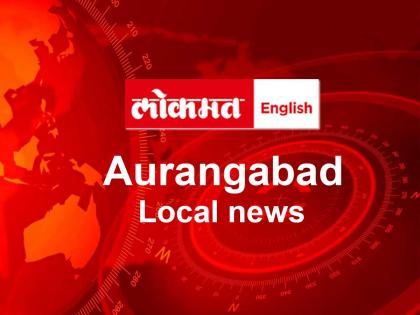Marathwada’s flood crisis: More man-made than natural
By Lokmat Times Desk | Updated: November 3, 2025 21:30 IST2025-11-03T21:30:02+5:302025-11-03T21:30:02+5:30
Lokmat News Network Chhatrapati Sambhajinagar: This year’s excessive rainfall and cloudbursts have devastated Marathwada’s entire 65 lakh hectares of ...

Marathwada’s flood crisis: More man-made than natural
Lokmat News Network
Chhatrapati Sambhajinagar:
This year’s excessive rainfall and cloudbursts have devastated Marathwada’s entire 65 lakh hectares of geographical area and 50 lakh hectares of farmland. While the immediate reason may be the unseasonal heavy rains, the true cause of the destruction lies in the long-term degradation of forests, grasslands, soil resources, and biodiversity.
“There are no trees or vegetation left on the hills, river sand has been completely extracted, and only 1–2% of Marathwada’s land now qualifies as dense forest,” observed former member of the Maharashtra State Planning Board, Prof. H.M. Desarda. He further stated that plastic waste, indiscriminate dumping, and rampant concretization have blocked natural water channels, preventing percolation into the soil. “This crisis is less an act of nature and more a consequence of flawed human policies,” he said.
A Central Government team has arrived in Maharashtra to inspect the flood-related damages in Marathwada and other districts. In this context, Prof. Desarda has put forth several key recommendations:
Recommendations:
1.Halt destructive development carried out in the name of progress and prioritize a scientifically designed, mountain-to-plain ecological restoration program.
2. Launch a large-scale employment guarantee initiative focused on ecological protection and conservation.
3. Reverse the shift in crop patterns to replace water-intensive and vulnerable crops like soybean, Bt cotton, and sugarcane with drought- and flood-resilient traditional crops.
4. Expand forest cover annually to reach 30% of Marathwada’s total geographical area within ten years.
5. Prepare a comprehensive, scientifically grounded land-use planning framework for sustainable regional development.
Open in app